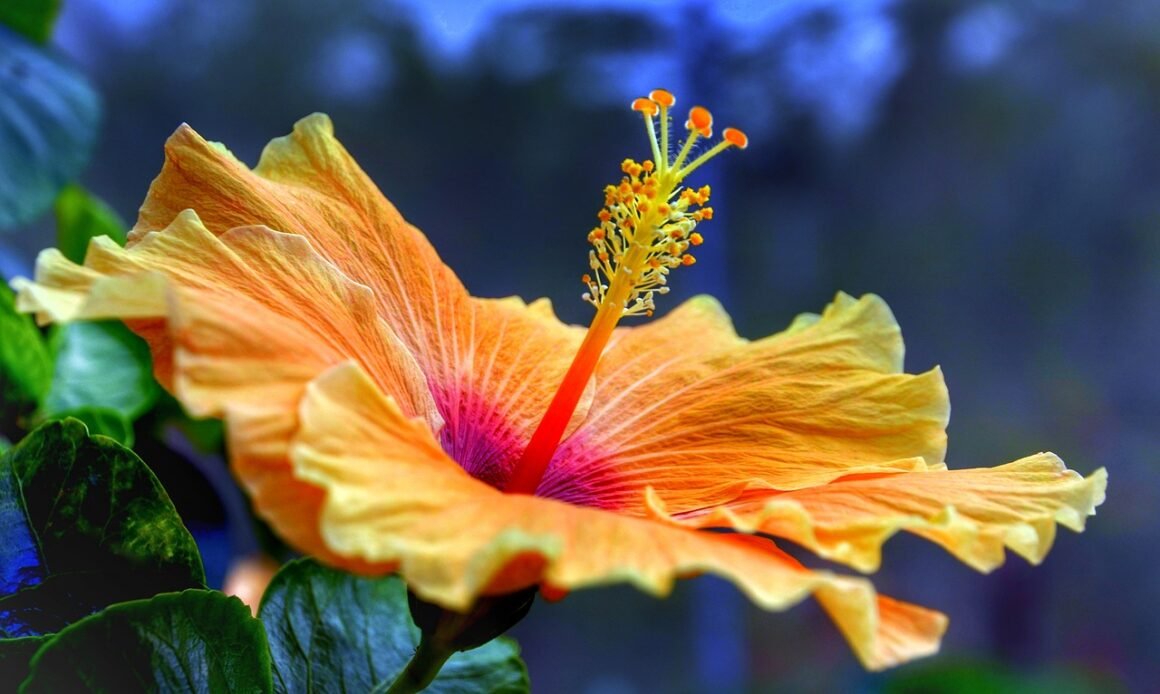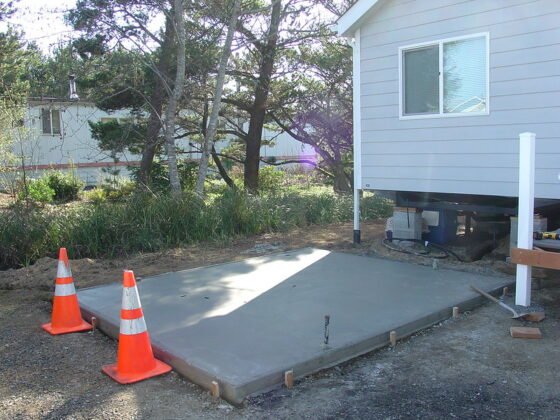Table of Contents Show
One of the most beautiful plants to grow in the springtime is hibiscus. It is prevalent, and come springtime, everyone tries their hand at growing it.
They add an exotic look to the garden, and they attract beautiful butterflies and hummingbirds to the garden.

If you are also looking to grow or care for your hibiscus tree, you are in the right place. Here are the tips and tricks that will help your tree to grow tall and beautiful.
1. The Ideal Soil
If you want your hibiscus tree to thrive, you need to make sure the conditions are ideal. That is why the first thing you need to ensure is that the soil ideal for growing hibiscus. You need to know that this plant likes slightly acidic soil.
If your garden soil does not lean on the acidic side, you can always add some peat moss. Besides that, if you plan on adding more than one hibiscus tree, you should plant them at least three feet from each other in the soil.
That is because they will need the room to grow big and beautiful.
However, you need to ensure that the temperature is ideal too. If it is still cold, you should plant the tree because it is a tropical plant that needs a little warm weather to thrive.
2. Lighting
Caring for your hibiscus tree means you have to find the right location with an ideal lighting amount. The ideal location for a hibiscus tree gets direct sunlight for at least six hours in the day.
If you receive partial sunlight in your garden, then they will grow there too.
However, partial sunlight means that blooms will also be produced. That is why the ideal solution is direct sunlight for six hours a day.
The hibiscus tree needs to have as much soon as possible because that is how it thrives and stays alive for a long time.
Read Also:
- Dress Up Your Porch With DIY Planting Flower Baskets: Garden Flowers Potted Plants
- Spring Flowers: The Best Time to Water Plants and Flower Garden – Perennial Flowers
- Growing Lingonberries, The Care and Nurture of Lingonberry Plants
- Protecting Plants From Frost, Storing Plants Outdoors During the Winter
3. Watering Requirements
We all know how important water is for any plant to grow. Of course, you also need to understand other requirements that come with it. For example, a hibiscus plant needs moist soil to grow optimally.
However, the soil also needs to be drained well. Such a function allows the roots to stay alive. If the soil does not drain well, the roots will be sitting in a lot of water, and they will start rotting.
On the other hand, you also need to ensure that you are not under-watering the hibiscus plant. If you do this, the blooming process will stop because the tree will direct its energy towards keeping the roots alive.
By now, you may be wondering what the right amount of water is for this tree.
In short, you need to make sure you are providing adequate water to the plant. To ensure this, you can use an irrigation system to drain any excess water in the roots.
So, this is something you need to decide before you start taking care of the plant.
4. The Right Temperature
You have to keep in mind that cold weather will damage the hibiscus tree. It is a tropical plant that needs enough sunlight and warmth to grow and bloom beautifully.
That is why the hibiscus tree will flourish in an environment that has a temperature from 15.5 degrees Celsius to 32.2 degrees Celsius.
As the temperature starts coming close to 0 degrees Celsius, you need to move the plant indoors. If you don’t, the cold weather will severely damage the tree, and it will not survive. So, cold weather is a big no for this plant.
5. Caring For Hibiscus In The Cold
If you live in a region where the temperature comes close to 0 degrees Celsius or below, and you still want to grow hibiscus, then you need to take care of it properly. Here are a few essential things you need to do:
- Move the plant indoors in a location that stays above 10 degrees Celsius
- Provide a steady supply of sunlight (keep it near a window)
- Provide a steady supply of water. However, the plant will need less water in the cold
You will get to know if you are overwatering the plant if the leaves start turning yellow. That is why you should only water the plant when the soil is completely dry.
If the soil is even a little bit moist and you add water, it will mean you are overwatering the plant.
On the other hand, if you notice that the leaves are falling from your hibiscus plant, it means it will be dormant.
The plant going dormant means that you will need to keep it in a damp and cool location to remain in this state throughout winter. It will only change its state once the weather changes.
6. Fertilization
A general rule of thumb here is to use liquid fertilizer for the hibiscus plant. Doing so allows the fertilizer to be evenly distributed throughout the soil.
However, you need to ensure that the fertilizer contains a significant amount of potassium.
Potassium is fantastic for the ideal growth of hibiscus plants. On the other hand, you have to avoid phosphorus because it will be your plant’s death.
Remembering these small details is important to ensure your plant stays alive and grows ideally.
Final Words
That was your complete guide to growing and caring for the hibiscus tree. If you plan to add it to your garden, make sure that the conditions are ideal for its growth.
However, you can always call professionals such as OC Tree Service Pros.
They will make sure your trees are in the ideal conditions to grow. Besides that, they can also take care of the maintenance of your trees.
If you find it difficult to manage your garden, all you have to do is contact them, and they will take care of the rest. After all, your plants and trees deserve the best care.










